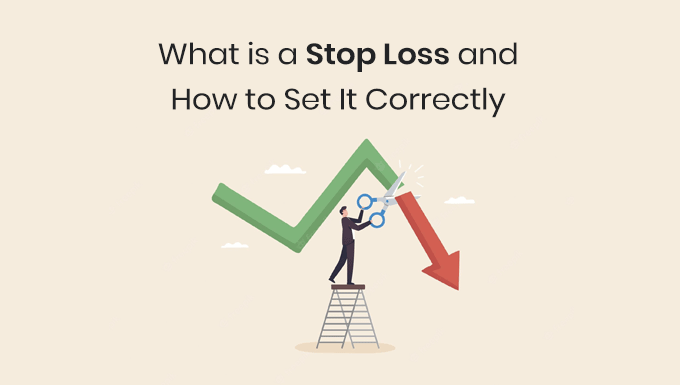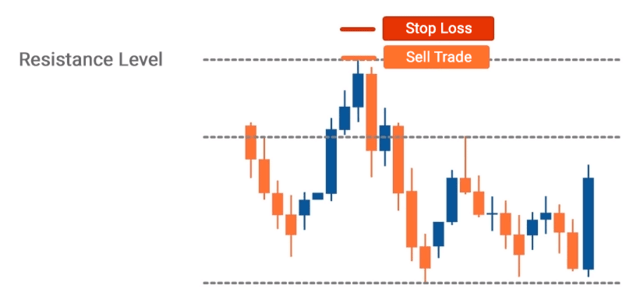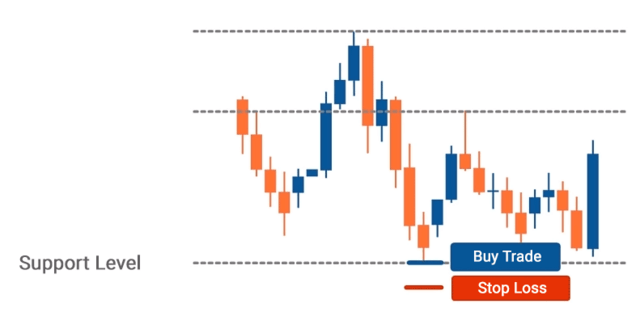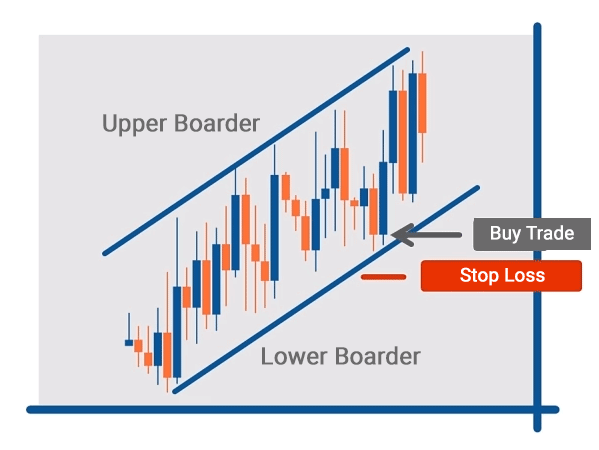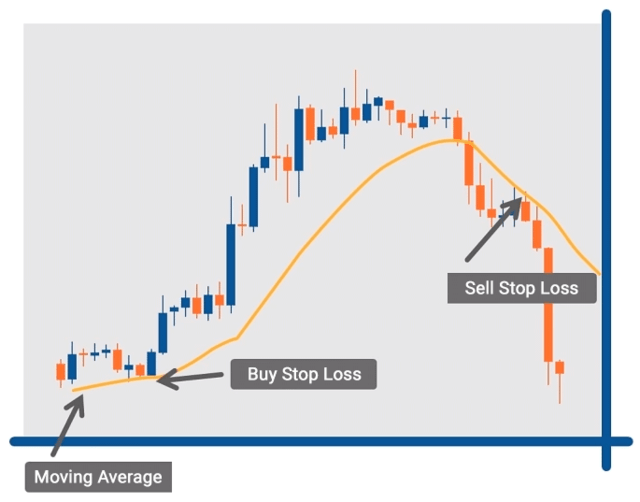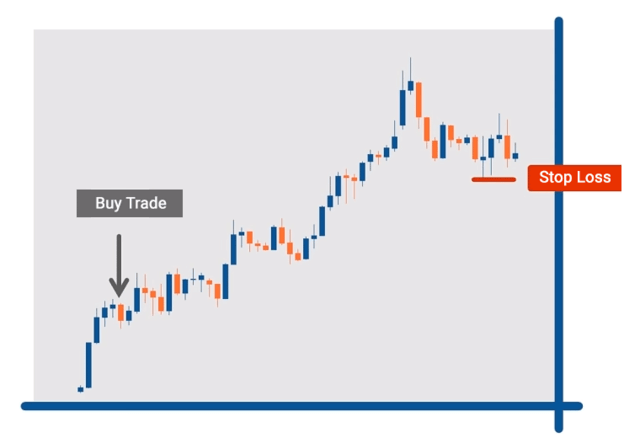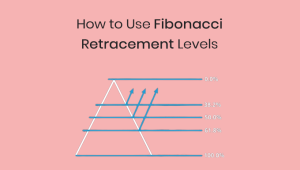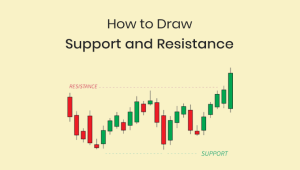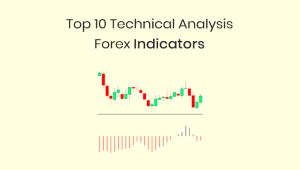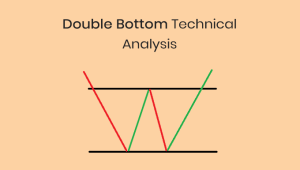Today you will learn how to set stop loss correctly using support and resistance levels, trend lines, moving averages, and Average True Range. In addition, you will also learn about trailing stop losses.
What is a Stop Loss?
A stop loss is an important tool to protect your trading account. It limits the amount you can lose if you did not predict the direction of the price when you entered the trade.
Stop loss and take profit both happen automatically when the price hits their level. This is very helpful because you don’t have to sit in front of the trading terminal screen all day.
A lot of people use technical analysis to set stop loss correctly. We’ll look at the most common ways to set stop losses using technical analysis.
How to Set Stop Loss Using Support and Resistance Levels?
This is one of the most popular and reliable ways to set stop losses. Support and resistance levels indicate where buy and sell trades were made in the past, which means that these levels can be used to identify potential buying and selling areas in the future.
For example, if you want to open a sell trade at a resistance level, then the stop loss should be placed above the resistance level. You cannot set a stop loss right at the level; you need to place it a little higher, otherwise the price may hit it before going down.
If you want to open a trade to buy at the support level, then the stop loss should be placed just below this level.
How to Set a Stop Loss Using a Trend Line?
Another popular way is to set stop losses using a trend line or a trading channel. If you see that a trading channel has formed on the chart, then the price may remain within this channel for some time. You can use the lower or upper border of the channel to place a stop loss.
For example, if you buy at the bottom of the channel, then the stop loss should be placed below the bottom trend line.
How to Set a Stop Loss Using a Moving Average?
Sometimes a moving average, such as a 20-period or 50-period moving average, acts as a support or resistance level. When opening a buy trade, the stop loss should be placed below the moving average and vice versa.
How to Set a Stop Loss Using Average True Range (ATR)?
Average True Range is a great tool for looking at the market’s volatility over any number of days (periods). So, it’s perfect for placing stop loss orders, particularly if there aren’t any nearby price levels of support and resistance.
In order to avoid being stopped out early, you should make sure that the stop loss is set at least half or higher than the average true range (ATR) value.
For example, if you are trading on a daily chart and using a 20-period, the ATR indicator will automatically calculate the average range for the currency pair over the last 20 days.
What are Trailing Stop Losses?
Trailing stop losses are protective orders that move in your direction when a trade becomes profitable.
For example, if you open a buy trade and the price rises to a certain value, you move the stop loss up first to the breakeven level, and then to the positive zone. If the price turns around unexpectedly, then not only will you not lose money, but you will even be able to earn some profit.
Conclusion
Now you know what a stop loss is and how to set it correctly. Don’t forget to set a stop loss immediately after opening a trade, as it will protect your deposit in case of an unexpected price reversal. Remember that the size of the lot of the opened position depends on the size of the stop loss, so strictly follow the money management.
The size of the stop loss should not be small, otherwise the price may hook it before going in the right direction. But the stop loss should not be too large, otherwise you can lose a lot in one trade. The take profit should be 2-3 times more than the stop loss. This will increase the effectiveness of your strategy.
